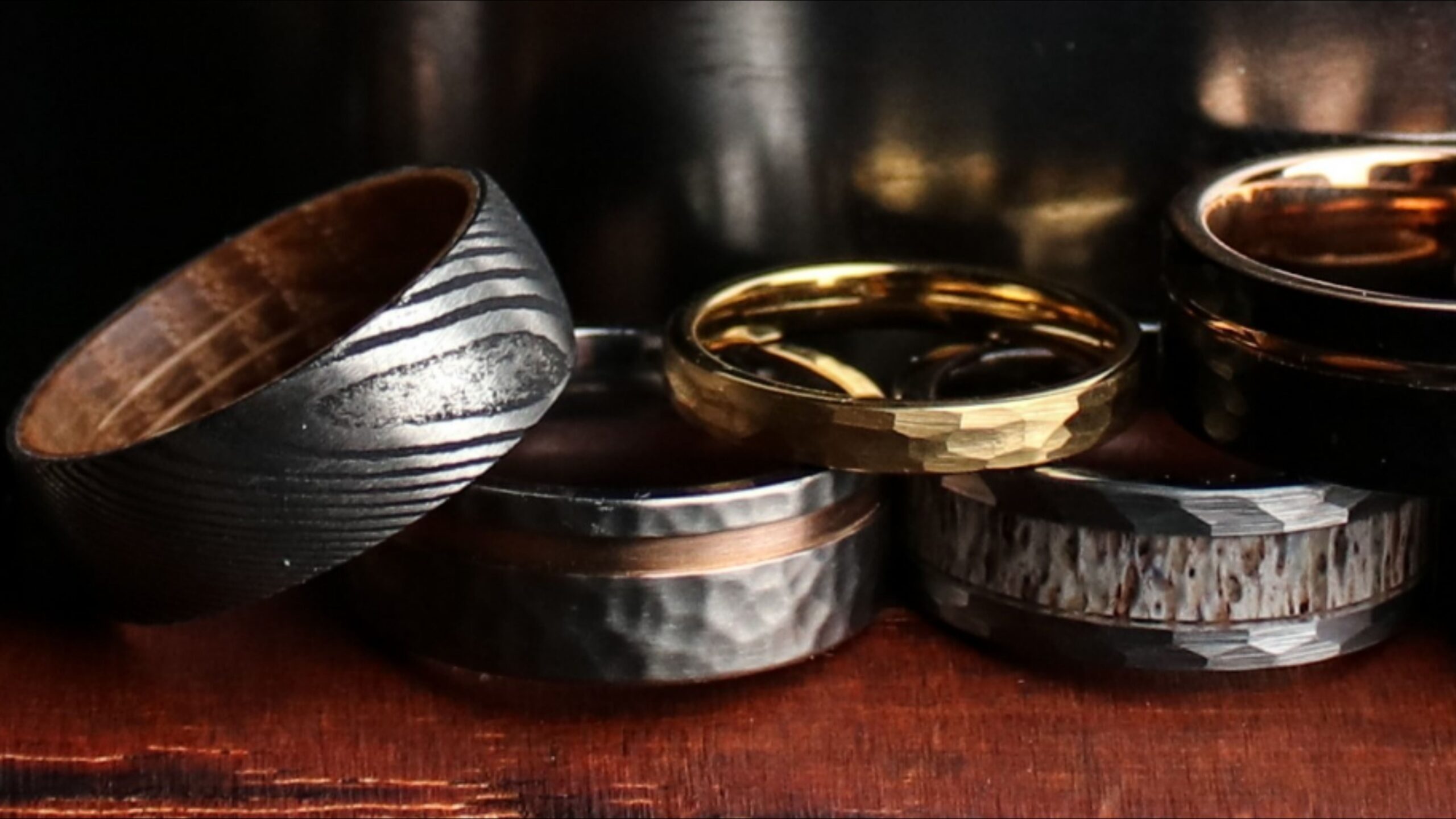How Fiducial Markers Improve Vision-Based Tracking Systems
These markers are reference patterns used in vision-based tracking systems. They help cameras and sensors detect objects, measure distances, and improve positioning accuracy. Widely used in robotics, augmented reality (AR), and autonomous navigation, they serve as essential tools in modern tracking applications.

Understanding Fiducial Markers
These markers are reference patterns used in vision-based tracking systems. They help cameras and sensors detect objects, measure distances, and improve positioning accuracy. Widely used in robotics, augmented reality (AR), and autonomous navigation, they serve as essential tools in modern tracking applications.
Enhancing Object Recognition
One of the key benefits of these reference points is their ability to enhance object recognition using Fiducial Markers. Unlike natural features, they have a high-contrast design that makes them easy to detect. This improves tracking reliability even in complex environments where traditional feature-based detection may fail.
Improving Pose Estimation
Pose estimation refers to determining an object's position and orientation. These markers provide fixed reference points that allow systems to calculate depth and perspective accurately. This is essential in applications like AR, where virtual objects must align perfectly with real-world environments.
Increasing Accuracy in Robotics
In robotics, precise positioning is critical for automation. These visual cues serve as reliable reference points, allowing robots to navigate spaces, pick objects, and interact with their surroundings. They reduce errors and improve the efficiency of robotic vision systems.
Role in Augmented Reality
AR applications require precise alignment of digital content with real-world objects. These markers improve tracking stability, ensuring AR overlays remain accurate even when the camera moves. This enhances user experience in gaming, training simulations, and industrial applications.
Supporting UAV Navigation
Drones and UAVs rely on these markers for improved positioning and landing. They help drones recognize designated landing zones, avoid obstacles, and maintain stable flight paths. They are particularly useful in GPS-denied environments where visual tracking is the primary navigation method.
Enhancing SLAM Systems
Simultaneous Localization and Mapping (SLAM) systems use these markers to improve spatial mapping. By providing known reference points, they help systems build accurate 3D maps and track movement in real-time. This is crucial for applications like autonomous vehicles and mobile robots.
Final Thoughts
These tracking tools play a vital role in vision-based systems by improving recognition, pose estimation, and navigation accuracy. Their application in robotics, AR, and UAVs highlights their importance in modern technology. As tracking systems evolve, these markers will continue to enhance precision and reliability across various industries.
What's Your Reaction?



















.jpg)
